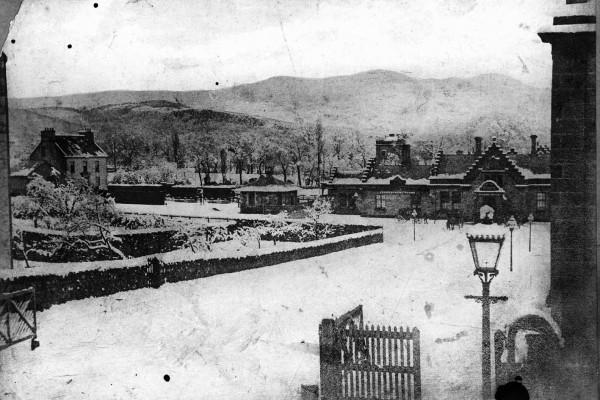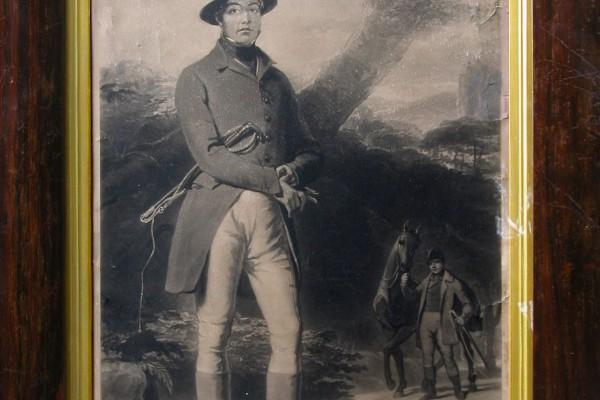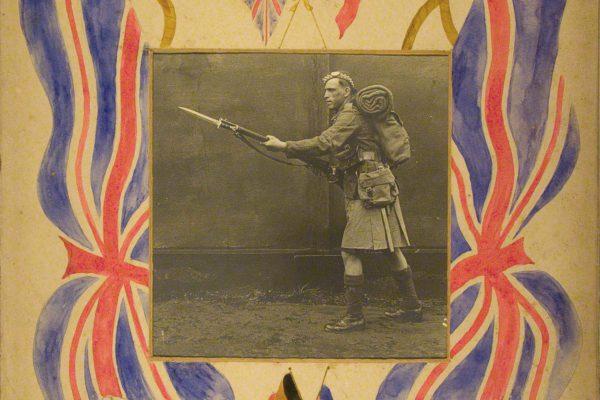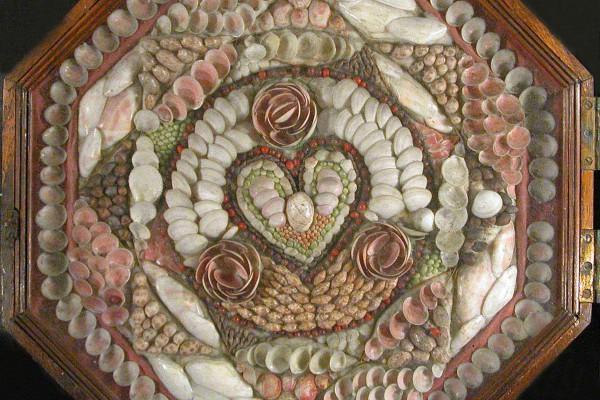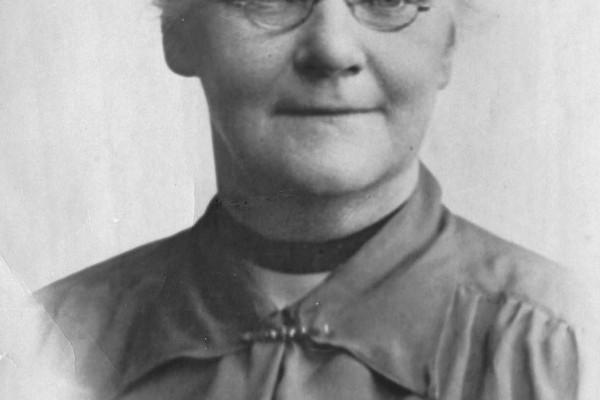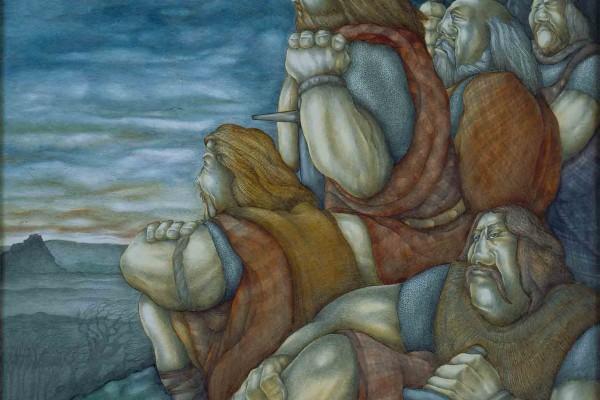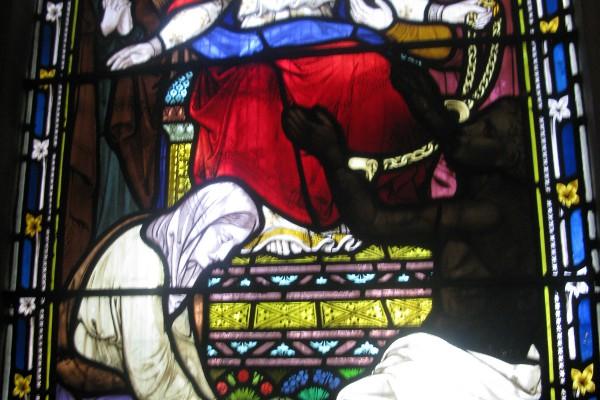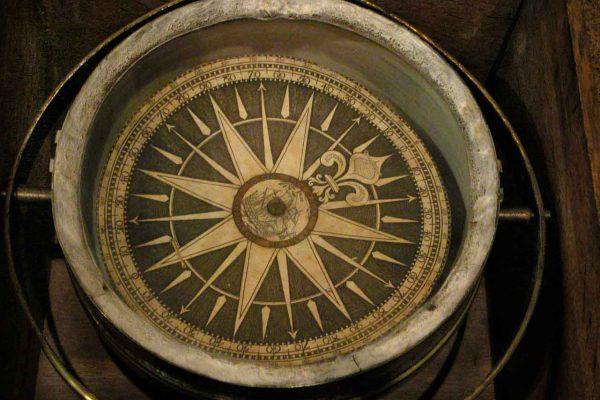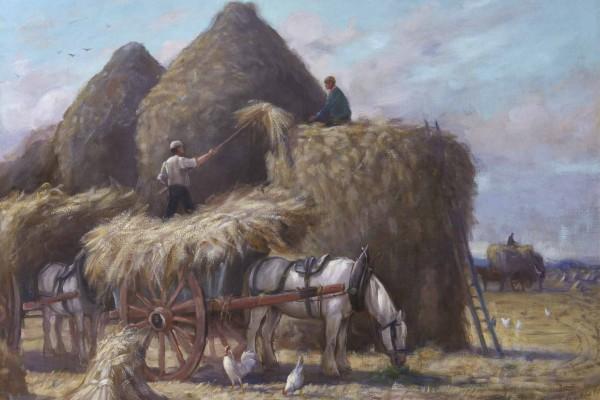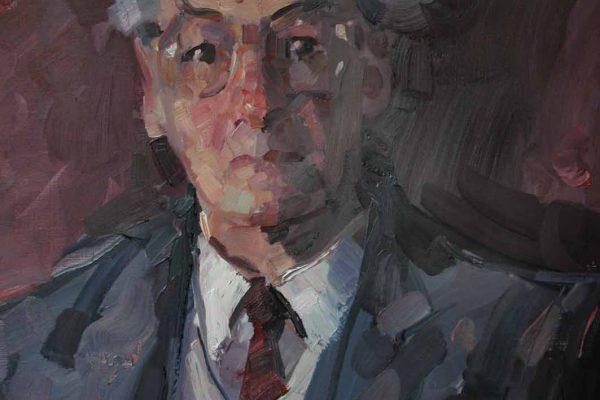Celebrating the 100th Anniversary of Stirling Railway Station
The railway came to Stirling through an Act of Parliament of 1845, bringing trade and tourism in a big way, and altering Stirling’s outlook and travelling habits. The advent of the railway saw the end of cattle droving; within 50 years, the great trysts of Doune and Falkirk had ceased,
William Ramsay of Barnton (1809-1850)
This is a print of an engraving made by Thomas Lupton in 1845 showing the dashing figure of William Ramsay of Barnton MP, skilled horseman, landowner and Conservative politician who gave his name to Barnton Street, Stirling. When Ramsay was still an infant, his father died, making him ‘the richest
Private William Rourke
Since the peace treaty was signed on Armistice Day, 11 November 1918 we have remembered the dead of the Great War, 1914-1919, every November since. Private William Rourke of Caledonia Terrace, St Ninians was one of thousands of young men in Stirling who answered the call to fight against Germany
Sailor’s Valentine, Black History Month
This is a very good example of a sailor’s valentine of the 1850s in the Stirling Smith collections. It is currently one of the objects highlighted for Black History Month. Sailor’s valentines were made from tiny sea shells arranged in interesting patterns and encased in octagonal glazed boxes. Tradition has
Annie Croall, Founder of the Stirling’s Children’s Home
Founder of the Stirling’s Children’s Home, Annie Knight Croall (1854-1927) is one of the unsung heroines of Scottish history. She was the daughter of the first curator of the Smith Institute, and came from Leeds to Stirling at the age of 19. A deeply spiritual person, her work for neglected
Freedom is Best, Joan Sommerville
This watercolour by Joan Somerville represents the followers of William Wallace awaiting the English army before the Battle of Stirling Bridge in 1297. The Latin inscription beneath is the lesson taught to Wallace by his uncle, the Priest of Dunipace: Freedom is best, I tell thee true Of all things
Chains and Slavery – The Craigengelt Slave Window
This window in the church of the Holy Rude is dedicated to the memory of Provost John Dick of Craigengelt (died 12 April 1865) and is most unusual in having a black man in chains before Christ. The subject is ‘Come unto me all ye that labour.’ (Matthew 11, 28)
Ship’s Compass, 1764
Stirling was an important port until the 20th century. For that reason, many seafaring men retired here and some left their working tools to the Stirling Smith like this beautiful compass used by Captain James Forrest. The compass is of French manufacture and is dated 1764. Forrest lived in
The Hay Harvest by M. Fleming Struthers
Struthers was a prolific artist, who exhibited regularly in the Smith and in other local exhibitions. Very little is known about him, and this is currently the only work of his in a public collection. The painting celebrates the glory of a Stirling hay harvest and the construction of hay
Professor Hans Meidner
Hans Meidner was a well-known and respected figure during his life in Stirling. He was German by birth but his anti-Nazi activities forced him to flee, and he became a scientist in South Africa, where he was a strong supporter of Nelson Mandela and the anti-apartheid movement. Hans came to
Search the blog
Recent Posts
Blog Categories
- Blog Post (253)
- Collections (203)
- Events (36)
- Exhibitions (64)
- Intern Reports (3)
- Intern Reports (1)
- Press Releases (5)
- Stirling Stories (260)
- Uncategorized (7)
- Volunteering (8)

